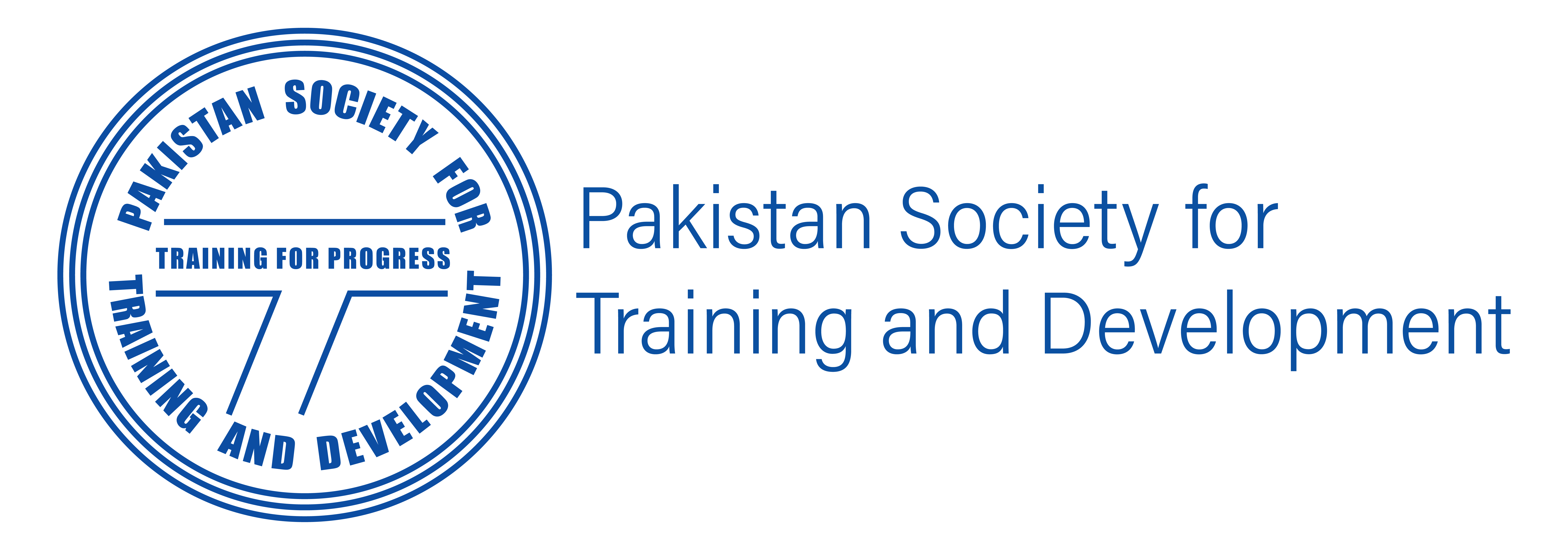Four Leadership Takeaways from Covid-19

In 2020, Covid-19 has changed the world and there are no two thoughts about this.
Covid-19 has changed lives. It has changed the world of work. It has changed the way the business world functions. It has changed the way organizations and people think about work. It has shifted paradigms. Work-from-home (WFH) is just one of them.
Several trends have emerged and strengthened from the crisis caused by Covid-19. Organizations and leaders can learn from these trends and develop a solid action plan to drive future growth in a reset world.
Communication is never enough
No one was prepared to deal with the challenges posed by Covid-19. Organizations and leaders were trying to understand what was happening around them, especially in the early days, and how it would impact lives and businesses.
Leaders were debating questions like office closures, suspending manufacturing operations, WFH, challenges associated with loss of revenue, etc.
Interestingly, governments came into action–regulations and tighter controls took over organizational decision-making. However, during this process of confusion, many organizations missed out on communication. Leaders were uncertain about what to communicate; employees wanted to know the future of business and their jobs.
In crisis communication, leaders don’t have all the answers. Yet, they’re required to communicate. When leaders don’t communicate, the rumor mill starts churning. People get confused, become fearful, and start to lose their morale very quickly. This is detrimental to the organization’s purpose and mission.
If there is nothing to communicate, leaders still need to get on a call/meet with the team. Leaders need to listen, and talk to them. Leaders can tell them they don’t have all the answers yet, and they’ll share the updates as and when they become available. This will ensure their team stay connected during the crisis, and leaders’ honesty will be appreciated.
Communication is a leadership skill for all times–not just crisis.
Future of learning and development (L&D) is digital
Face-to-face (F2F) L&D events died–as soon as Covid-19 began. Training sessions, conferences, panel discussions–everything stopped. Everyone was under the impression that the suspension of F2F events is temporary, however, as lockdowns extended, organizations were forced to either cancel the events altogether or put them on back-burner.
This was a difficult situation–for both organizations and service providers.
However, those who were willing to change–those who had nimble and agile organizational structures and cultures–were able to quickly change the learning methodology to digital learning.
Providers supported this–Harvard gave free access to Covid-19 related learning material, Springer offered access to free books, digital/online learning sessions and virtual conferences began, and several others contributed in the free dissemination of knowledge and skills. Individuals and organizations took advantage of this and adopted digital learning–paid or unpaid.
Yet many organizations still debate the effectiveness of digital learning.
Some customers in the developing world, who are accustomed to F2F style of L&D, don’t see any value in digital learning as they have never experienced it before.
Digital learning has come a long way in the first half of 2020, however, the journey is long. It’s not just about the ability to use platforms like Zoom, rather adjusting to the instruction-design, methods and techniques to generate more online engagement with the audience.
Digital learning will continue to remain in focus beyond Covid-19. Organizations will be more open to blended programs that would combine digital learning, online tools and F2F L&D events.
Every crisis brings opportunity
Albert Einstein said, “In the midst of every crisis, lies great opportunity.”
It is true. However, it takes an effort to see the light in the darkness. When leaders detach themselves from the current issues and take a helicopter view, they can see the opportunities that exist in the crisis.
Ford, Tesla and GM–the automobile manufacturers–provide a great example. These automobile companies showed willingness to modify their production lines to build ventilators. Ventilators serve as critical medical equipment for Covid-19 patients. They announced that they would be partnering with medical companies to build ventilators. Of course, it takes time to realize such an effort, however, only open minds drive creative and innovative initiatives.
Pakistan’s textile sector provides yet another example. Representing 60% of Pakistan’s overall exports, the textile industry is an important contributor to the gross domestic product (GDP) of the country. The textile sector also suffered during Covid-19; export orders went on hold/cancellations, and workers lost their jobs.
While international textile and garment companies were reducing their footprint due to shrinking business, the safety gear industry demand was surging differently–textile masks, caps, isolation gowns, overalls and other cotton-based protective gear–export orders received, and opportunity started to convert into work. Textile mills in Pakistan are working to meet delivery schedules.
This is just one area that has opened based on products to tackle Covid-19. The future holds a lot of other opportunities for those who are willing to try new things and position themselves in the future of work.
Work-from-home (WFH) is here to stay
WFH is not a new concept for the technology industry. Software houses and online businesses are traditionally comfortable with flexible working hours and work-from-anywhere concept. Therefore, during Covid-19, the tech-based industry found it relatively easy, compared to the traditional manufacturing and service industry, to continue their businesses.
The tech industry thrived during Covid-19. Daily meeting participants of Zoom jumped from 10 million in Dec 2019 to 300 million in Apr, 2020 (Source: Statista), and Zoom’s market cap skyrocketed to $48.8 billion around mid-May, 2020, more than the worth of the top seven airlines combined (Source: BusinessInsider). In fact, the net worth of tech leaders such as Jeff Bezos and Mark Zuckerberg increased during Covid-19 pandemic.
While the software-oriented industry found it easier to shift gears, and transition to online business models allowing people to WFH for a significantly longer period, the traditional manufacturing and service industry had a tough time, except critical operations.
Offices were closed to control the spread of pandemic while manufacturing facilities producing critical items kept operating with safety precautions. This makes sense too. Imagine a fertilizer complex where hundreds of people come to work every day, and the fertilizer is meeting the critical requirement for the lifeline–food for people. Working from home is not an option for the plant personnel in this case. Manufacturing is one of the early adopters of the standard operating procedures (SOPs) that require social distancing, the use of gloves and a mask. However, even such an industry started WFH for its office-based personnel.
Manufacturing and service sectors are closely watching WFH and the benefits it can offer in terms of savings in office space rentals, flexible working hours for employees, and digital transformation. In the future, there will be remote positions in companies, and people will be able to work from anywhere. With the rising trend of WFH, companies will need to work on employee engagement to strengthen their organizational culture and focus on mental health to ensure remote workers don’t become isolated in the long-run.
Finally, leaders who will keep an eye on the future will be able to position their people and companies for growth in the post-COVID-19 world of work.
The question for you is–Are you ready?

Syed Asim Rashid
President & CEO
CreativeSwan
Syed Asim Rashid is the President & CEO of CreativeSwan. He previously worked as Regional Director in General Electric (GE), and also served in Engro (formerly Exxon) and Siemens. Asim holds an engineering degree, a master’s degree in Energy, an MBA, and studied advanced leadership and business from Harvard, MIT, Wharton, Booth, INSEAD, AMA and LUMS.
Recommended Posts

Self-Awareness – Metacognition: Fundamental Basis Of Emotional Intelligence & How To Cultivate It
December 8, 2020

Stories Prepare You to Act
October 29, 2020

Believe the Unthinkable Is Possible: A Q&A With Ben Nemtin
October 29, 2020

